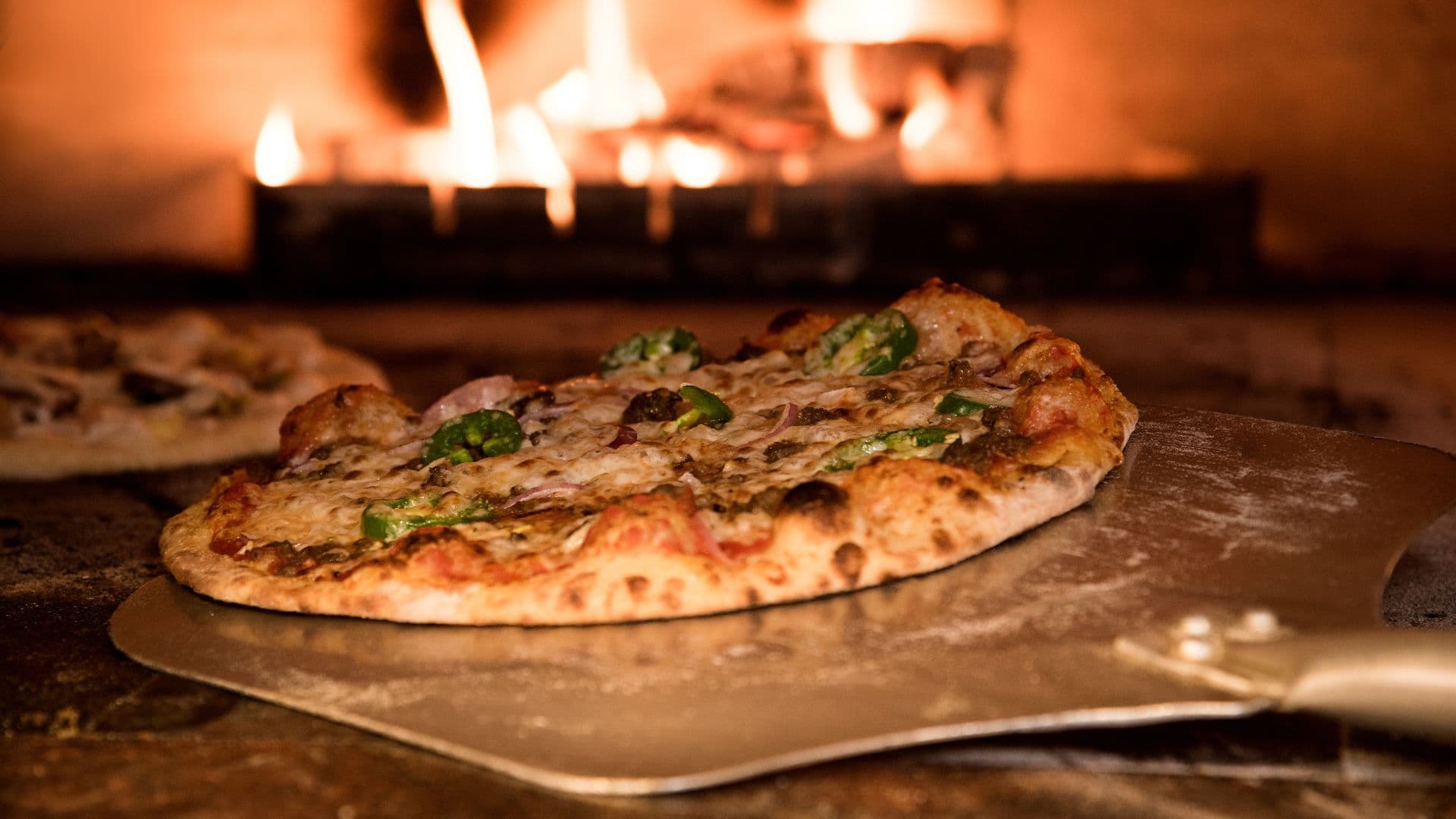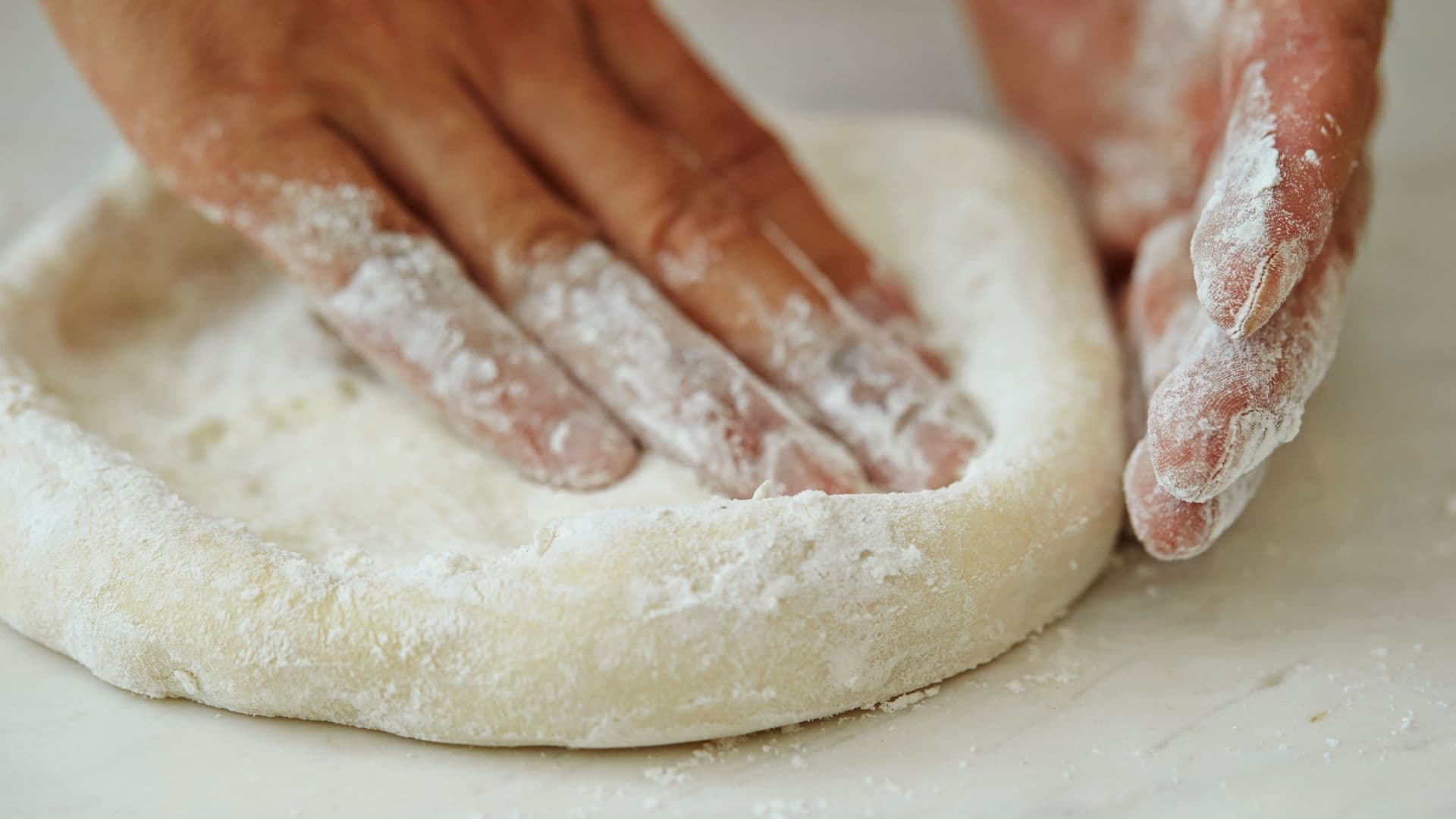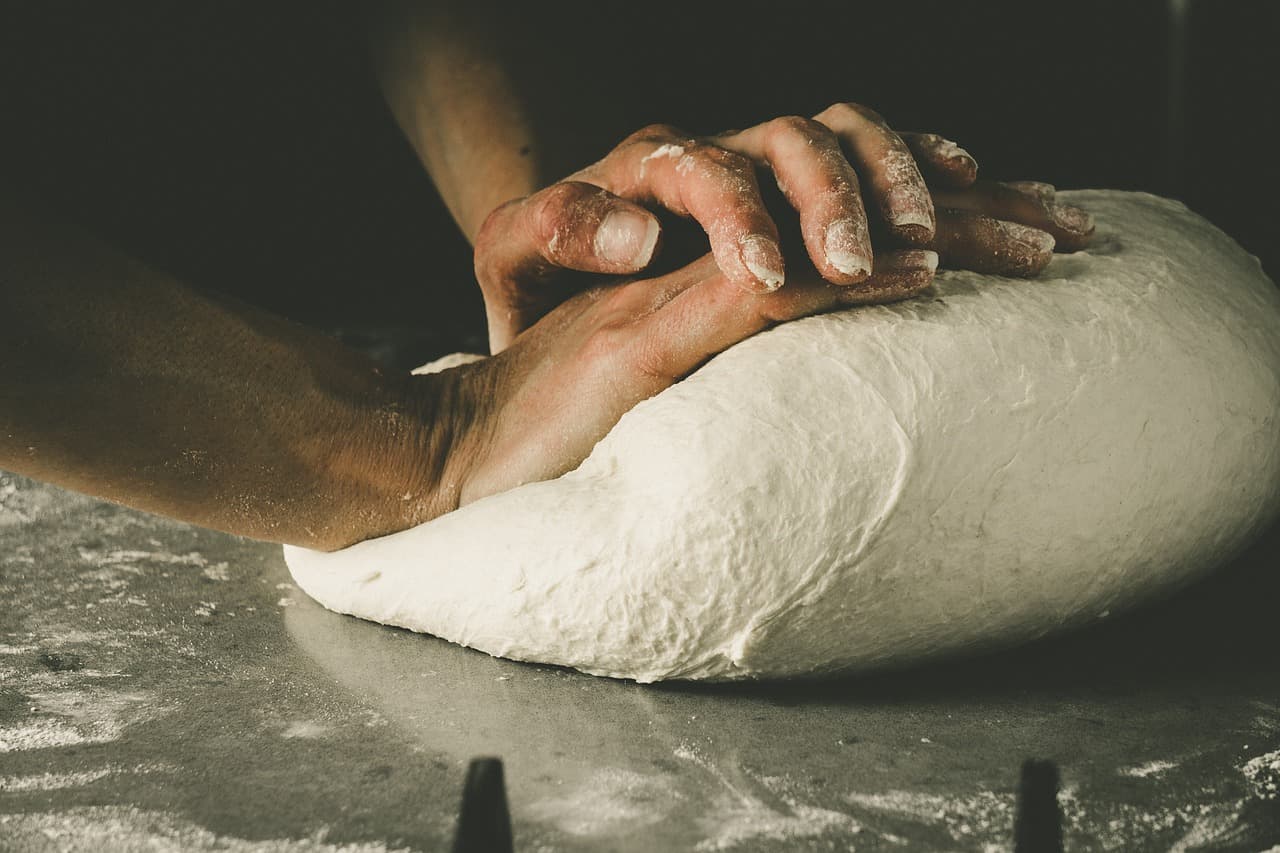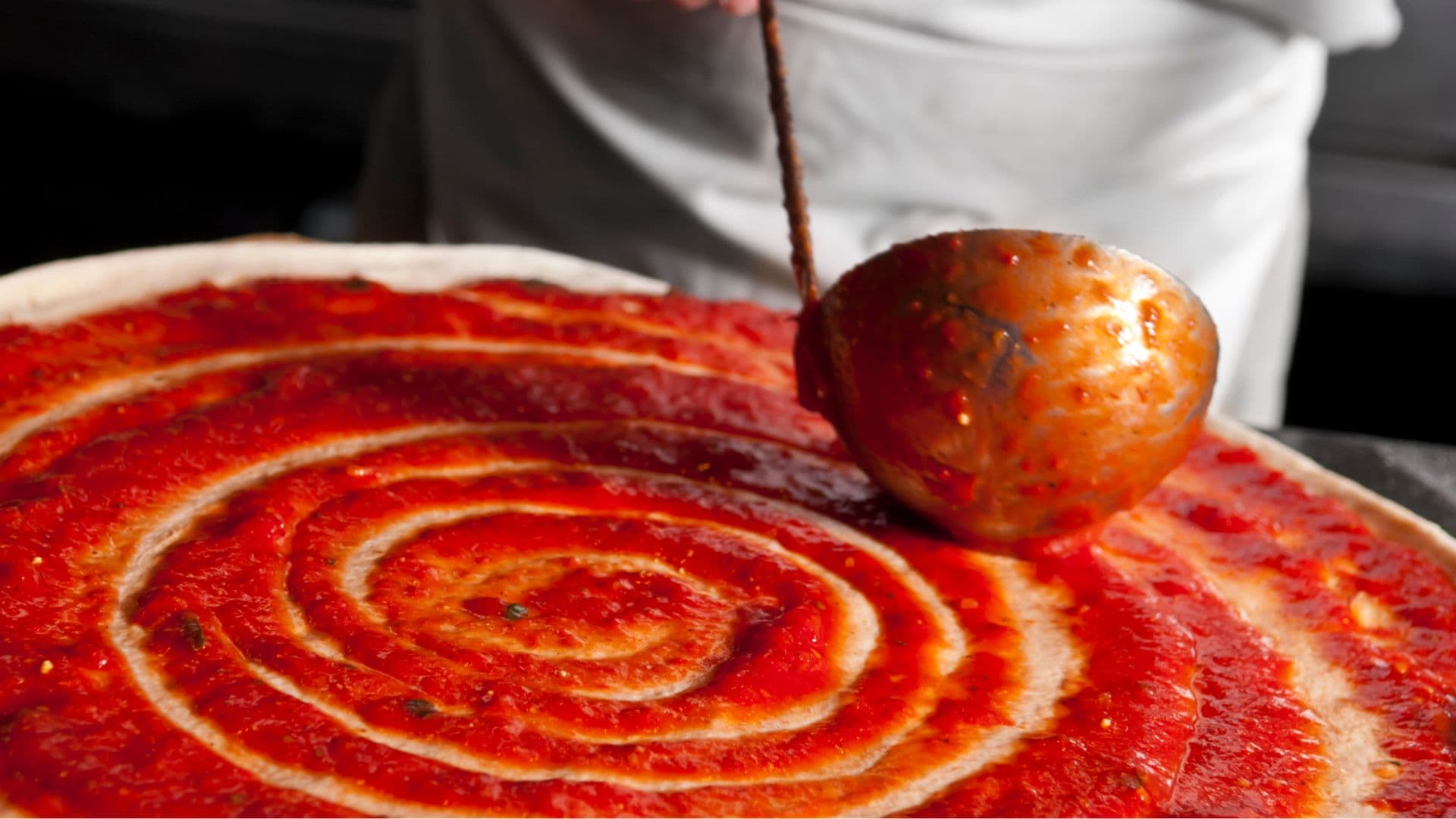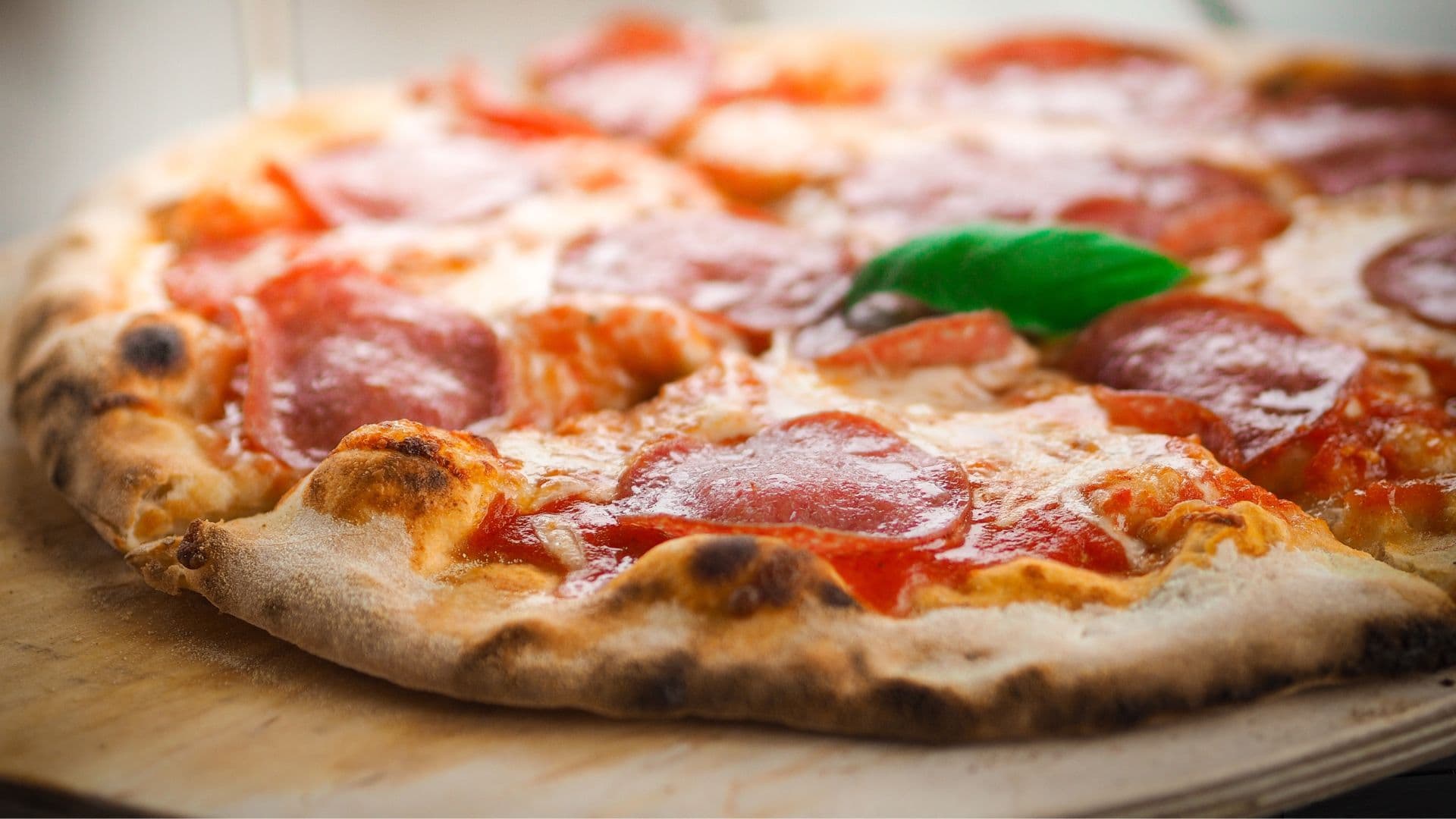Pizza
This guide will teach you how to make an authentic Neapolitan pizza margherita as your foundation, then show you how to adapt it for various styles.
Pizza is one of those deceptively simple foods that relies entirely on technique and quality ingredients. At its core, a great pizza begins with a perfect dough. This guide will teach you how to make an authentic Neapolitan pizza margherita as your foundation, then show you how to adapt it for various styles.
Remember, pizza making is both a science and an art - each batch will teach you something new. Enjoy the process!
Equipment Needed
- Kitchen scale
